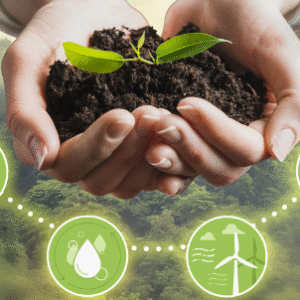A recent study by the Food and Agriculture Organization of the United Nations (FAO) has highlighted alarming levels of agricultural land degradation in the Arab region. The report reveals that over 46 million hectares of agricultural land—representing two-thirds of the 70 million hectares affected by human-induced degradation—are at risk. Cropland in particular is highly vulnerable, raising serious concerns for food security and agricultural sustainability in the region.
The FAO study identifies several key factors driving this degradation, including the excessive use of fertilizers and pesticides, soil salinization from irrigation, and the increasing frequency of sand and dust storms. Rising temperatures and water scarcity, both linked to climate change, further exacerbate the vulnerability of agricultural land, threatening both productivity and ecosystem health.
To address this crisis, the study calls for integrated and sustainable solutions to prevent, reduce, and reverse land degradation. It emphasizes the importance of sustainable soil, land, and water management practices and urges the international community to prioritize the transformation of agrifood systems. Achieving land degradation neutrality (LDN) is highlighted as a critical goal to enhance productivity, preserve biodiversity, and mitigate the impacts of climate change on the region’s agricultural landscapes.







